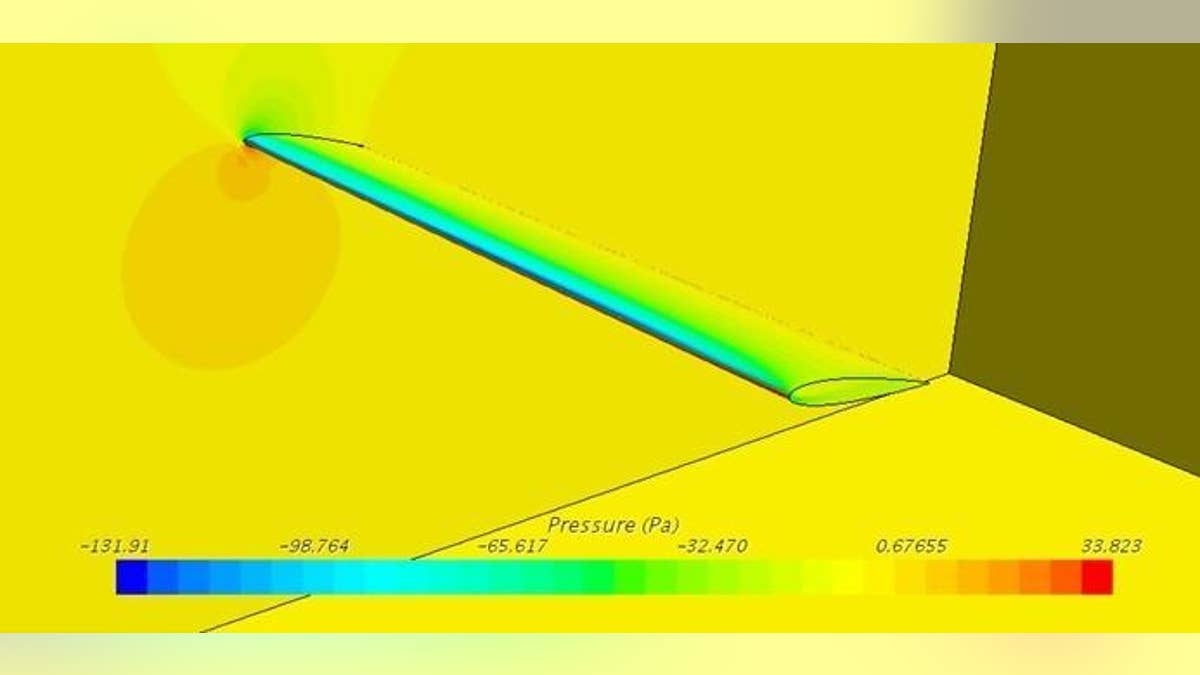Fox News Flash top headlines for June 22
Fox News Flash top headlines are here. Check out what's clicking on Foxnews.com.
U.S. Army researchers are developing drones that can change shape in mid-flight.
Experts from the Army’s Research Laboratory presented their work on a new tool to develop the small shape-shifting drones at the American Institute of Aeronautics and Astronautics Aviation Forum and Exposition virtual event on June 16.
Army researchers and Texas A&M University published the findings of a two-year study in fluid-structure interaction. “Their research led to a tool, which will be able to rapidly optimize the structural configuration for Future Vertical Lift vehicles while properly accounting for the interaction between air and the structure,” explained the Army Research Laboratory, in a statement.
BAE SYSTEMS PLANS TO CHEMICALLY 'GROW' MILITARY DRONES
Within the next year, the tool will be used to develop drones that change shape during flight, according to the Army.

File photo - Army researchers say that wings on fixed-wing small unmanned aerial systems, like the RQ-20A Puma, could soon have improved designs, thanks to a new tool they designed (Spc. Brian Chaney)
"Consider an [Intelligence, Surveillance and Reconnaissance] mission where the vehicle needs to get quickly to station, or dash, and then attempt to stay on station for as long as possible, or loiter," said Dr. Francis Phillips, an aerospace engineer at the Army Research Laboratory, in the statement. "During dash segments, short wings are desirable in order to go fast and be more maneuverable, but for loiter segments, long wings are desirable in order to enable low power, high endurance flight."
Researchers, however, have to strike a careful balance between sufficient bending stiffness and softness that enables the vehicle to “morph” into a different shape.
“If the wing bends too much, then the theoretical benefits of the morphing could be negated and also could lead to control issues and instabilities,” said Phillips.
ARMY ROBOT CAN GET ITSELF UP AFTER IT FALLS DOWN
Fluid-structure interaction is a complex process that requires analysis of coupling between a fluid and a “structural solver” using software. However, this research is very intensive in terms of computational hours. “The computational cost for these analyses can be very high – in the range of about 10,000s core hours – for a single fluid and structural configuration,” researchers explained in the statement.

In this image provided by the U.S. Army - researchers analyze a simulated air pressure field over a deformed wing inside a wind tunnel. (U.S. Army)
To streamline this process researchers devised a process that decouples the fluid and the structural solvers. Phillips said that this can reduce the “computational cost” by as much as 80 percent.
ARMY GENERAL SEES NEED FOR NEW FUTURE WARFARE 'COMBINED ARMS MANEUVER'
Using this approach, additional analysis can also be performed without reanalyzing the fluid, which can generate more computational cost savings, according to Army researchers. This means that the Army could design new vehicles much more quickly than current techniques, according to Phillips.
Army researchers regularly partner with U.S. universities to drive innovation. In 2018, for example, robotics experts developed software to ensure that if military robots fall, they will be able to get themselves up again.
CLICK HERE TO GET THE FOX NEWS APP
Experts at the Army Research Laboratory and the Johns Hopkins University Applied Physics Laboratory built software to work out whether any given robot could get itself “back on its feet” after being overturned.
Follow James Rogers on Twitter @jamesjrogers

